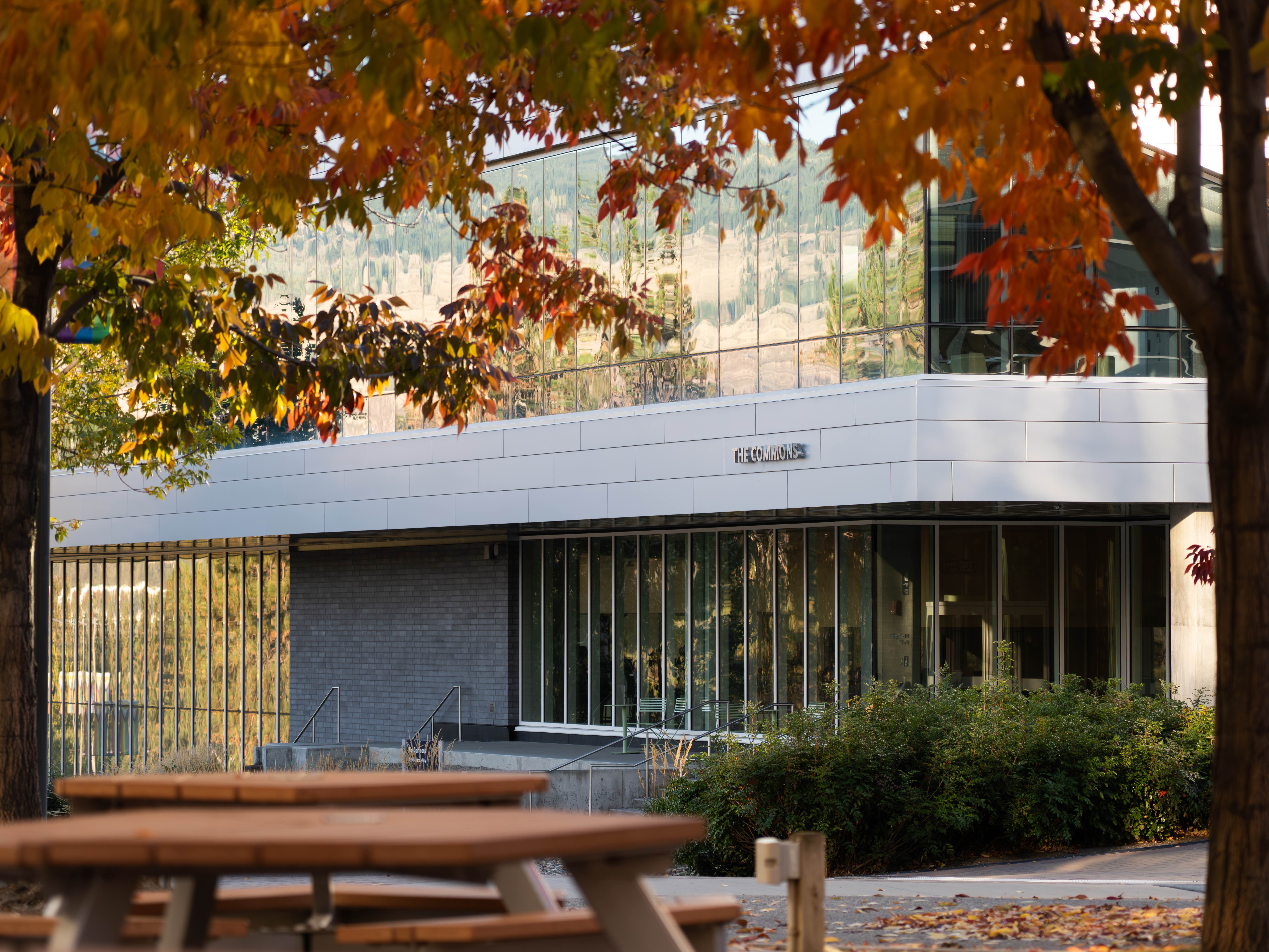
The Earth has officially taken a different course of season. Fall is finally here and its arrival marks more than a change in color of leaves around you — it signals a complex transition across the planet's different systems, from atmospheric to biological to ecological. This seasonal shift not only affects the external factors but it also brings many changes in human bodies and brains. This article explores the science of autumn, uncovering how nature's most colorful season reflects both change and renewal.
Astronomically, seasons are based around the equinoxes and solstices, though there are two viewpoints: one where the equinoxes and solstices mark the start of a season, and the other where they mark the middle of the season. During the equinox, the Sun shines directly on the equator, so both the Northern and Southern Hemispheres receive nearly equal amounts of daylight and darkness. This balance begins to shift after the equinox due to the Earth's axis being tilted at an angle of about 23.5 degrees. As the Earth continues its orbit around the Sun, this tilt causes the Northern Hemisphere to receive less direct sunlight, leading to cooler temperatures and shorter days. As a result, places like Canada begin to experience the gradual transition into fall.
Around the equinoxes, the same tilt of Earth makes it easier for solar wind to interact with Earth’s magnetic field. Due to the Russell-McPherron effect, more charged solar particles enter Earth’s atmosphere instead of being deflected. As a result, geomagnetic storms increase, leading to more frequent and brighter auroras near the poles.
Beyond the skies, the Earth’s surface also responds vividly to autumn’s arrival. We all recognize fall due to the major phenomenon of leaves changing their color. But what's the reason behind this change?Leaves already have their autumn color in them during summer months. These colors are hidden under the well known substance chlorophyll, which plants use to turn light into sugar that makes a leaf look green. As the season shifts, these leaves receive less sunlight which breaks down the chlorophyll and relieves the beautiful vibrant colors like the yellows and oranges which are called xanthophylls and carotenoids.
The red color in many trees comes from anthocyanins, pigments that form in the leaves during autumn. When days are sunny and nights turn cool, sugars get trapped in the leaves because the flow of nutrients between the tree and its leaves slows down. These sugars help produce anthocyanins, giving the leaves their bright red and purple colors. As the tree takes back the last of the nutrients, the leaves die and eventually fall to the ground.These fallen leaves aren't wasted — they still contain sugars and nutrients that feed fungi, bacteria, and insects as they decompose. Over time, the breakdown of leaves improves the soil by adding fiber, helping it retain moisture and drain better. So, the next time you see colorful leaves on the ground, remember they’re part of a vital recycling process in nature.
Just like trees, animals also prepare for the coming winter, as they sense the temperature dropping faster than humans do. In the Okanagan, bears, deer, and coyotes increase food intake to build fat reserves for hibernation, while squirrels store food and many birds migrate south. Meanwhile, fungi take advantage of autumn to reproduce, producing fruiting bodies and spreading spores.
Humans also go through several changes during the fall months. The cooler weather and shorter days can affect us both mentally and physically, often making us want to stay cozy indoors. Temperature fluctuations, along with allergens like dust and mold, can challenge our respiratory systems. Reduced sunlight may impact our mood and disrupt sleep patterns as our bodies work to maintain balance. Cooler temperatures have been linked to improved memory and better cognitive recall, making fall a great time to study and prepare for exams. Additionally, our heart rates tend to speed up, and many of us feel the urge to sleep more as the season changes.
All these transitions symbolize a continuous cycle of decay and renewal central to ecosystem balance. As nature prepares for winter, it reminds us that change is both inevitable and essential for growth. So, as the world slows down for winter, we too can pause — to learn from the trees, breathe in the cool air, and find comfort in simple joys, whether that’s a quiet walk or a warm pumpkin spice latte.



